Isopropyl Alcohol for Cleaning Glass Without Streaks
Discover how isopropyl alcohol can help you achieve spotless, streak-free glass surfaces with simple...
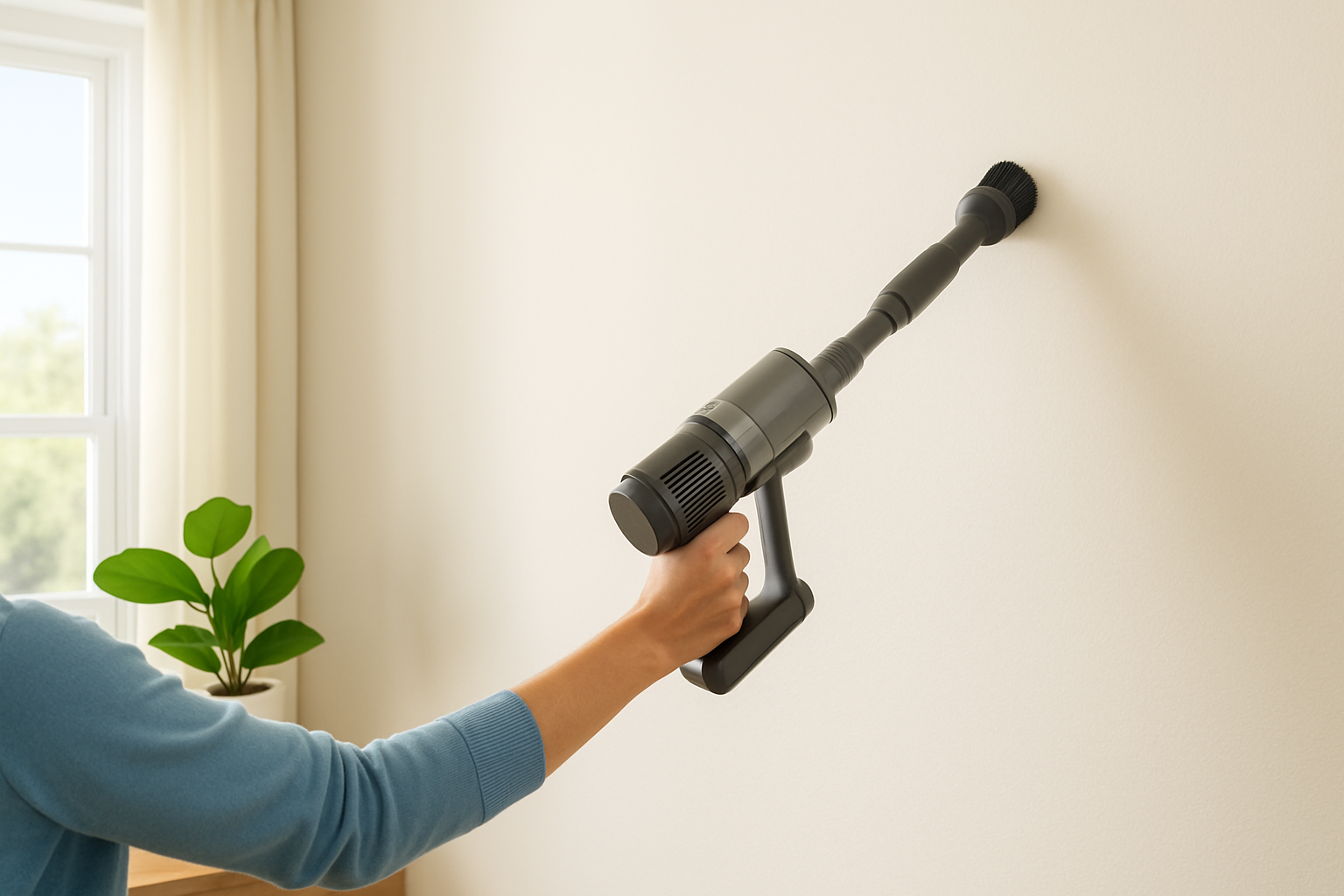
Many homeowners often find themselves fretting over how to clean walls without accidentally ruining the paint - some even try using a vacuum for walls as a gentle alternative. Traditional methods like scrubbing or wiping can sometimes do more harm than good, leading to dreaded peeling or nasty discoloration.
Cleaning walls usually involves dusting with cloths or damp sponges and occasionally scrubbing to tackle stubborn spots. Using abrasive materials or harsh chemicals can easily scratch or strip the paint and nobody wants that. Wet cleaning can be a double-edged sword too because it sometimes leaves water stains or encourages mold to sneak in on sensitive surfaces. That is why wall vacuums with soft brush attachments and gentle suction have become a favorite — they lift dust and dirt gently without roughness or extra moisture.
Each feature plays a key role in keeping wall surfaces safe from harm. Soft brushes gently ward off scratches. Suction control helps cut down on the risk of paint peeling up. Lightweight portable designs make the whole thing easier to handle without breaking a sweat. HEPA filters chip in by improving air quality.
Suction power is usually measured in air watts or pascals and basically tells you how well a vacuum can lift dirt off surfaces. When it comes to cleaning walls, too much suction can sometimes do more harm than good. That’s why having adjustable suction really comes in handy—it lets you dial the power down just right for those delicate spots. Using lower settings helps stop paint from peeling while still getting rid of dust and those sneaky spider webs.
Vacuum attachments made specifically for walls usually come with soft brush nozzles that gently lift dust without scratching. They also include crevice tools that sneak into corners and edges with care and microfiber pads that grab dirt while keeping your paint protected. These handy gadgets lower friction and seriously cut down the risk of paint damage compared to your standard vacuum heads.
Handheld vacuums are a lifesaver for squeezing into those tight spots though I’ve noticed their suction control can feel limited at times. Cordless stick vacuums hit a sweet spot between power and convenience. They make it a breeze to tackle walls in various rooms without breaking a sweat. Canister models bring adjustable settings and a suite of attachments to the party but lugging them around isn’t exactly a walk in the park. Robotic vacuums take care of floors automatically—great when you’re busy—but their wall-cleaning skills are basic and can be rough on painted surfaces.
| Product Name | Key Features | Suction Power Levels | Attachment Types | Price Range | User Ratings | Best Use Case |
|---|---|---|---|---|---|---|
| Dyson V11 Torque Drive | Cordless with adjustable suction and a HEPA filter, making it a breeze to use anywhere | Multiple settings up to 185 AW | Soft brush, crevice, combo tool | $450 - $550 | 4.7/5 | Perfect for tackling both walls and floors without breaking a sweat |
| Shark WV201 WANDVAC | Ultra-lightweight, cordless, and surprisingly quiet for its size | Moderate suction with adjustable control | Soft brush, crevice nozzle | $120 - $150 | 4.4/5 | Great for small wall spaces and those quick dust-up moments |
| Miele Complete C3 Cat & Dog | Powerful canister vacuum with adjustable suction that handles everything from pet hair to delicate surfaces | Variable power up to 120 AW | Soft brush, upholstery, crevice tool | $900 - $1100 | 4.8/5 | Ideal for heavy-duty cleaning while still being gentle when you need it |
| BLACK+DECKER Dustbuster HVFE2150 | Compact handheld design with a washable filter that’s perfect for on-the-spot messes | Low to moderate suction | Soft brush attachment, crevice tool | $80 - $100 | 4.3/5 | A budget-friendly pick for quick wall clean-ups when life gets messy |
These models stand out by blending gentle suction with specialized attachments and a user-friendly design focused on keeping your wall paint safe. Dyson offers variable power settings and HEPA filtration for a thorough deep clean we all appreciate. Shark and BLACK+DECKER usually provide lightweight, wallet-friendly choices that do not skimp on effectiveness.
Be careful not to press too hard, since that can easily scratch or peel the paint—it’s not worth the headache. It’s always a smart move to test a tiny, out-of-sight spot before tackling the entire area. Keeping your attachments and vacuum nice and clean also does wonders to prevent dirt and debris from messing up your walls.
Experts generally agree that when you pick the right vacuum settings and attachments, you can safely and effectively clean even delicate walls without breaking a sweat. Most worries about paint damage tend to pop up from using the vacuum wrong or going overboard with the suction.
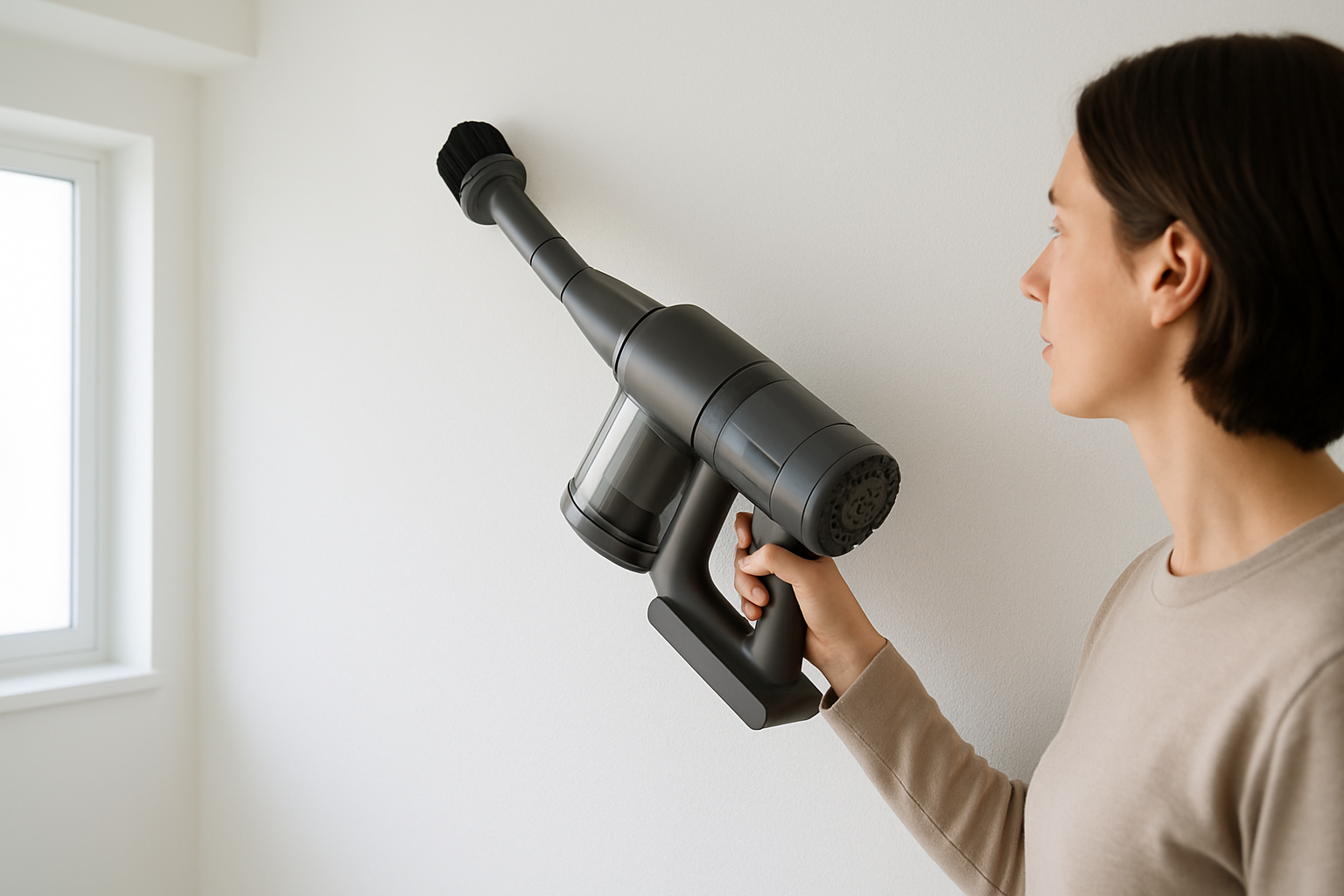
Gentle wall cleaning using a handheld vacuum with a soft brush attachment to protect painted surfaces.
Choosing the right vacuum often boils down to how frequently you tackle those walls and the type of paint or wallpaper you’re dealing with. It also depends on if you want it to pull double duty on floors and upholstery. If you clean walls regularly or have delicate surfaces that need a gentle touch, going for a mid-range to premium model usually pays off in the long run.
Think about weighing the initial cost against the long haul benefits. A solid vacuum cleaner often does double duty not only does it help keep your walls from taking a beating, but it also trims down the time you spend cleaning.
Regular maintenance keeps your vacuum for walls working just right—not too harsh but still effective—helping protect your painted surfaces.
23 posts written
Dashiell explores how cities shape human experience, combining architectural insights with sociological observations in thought-provoking pieces.
Read Articles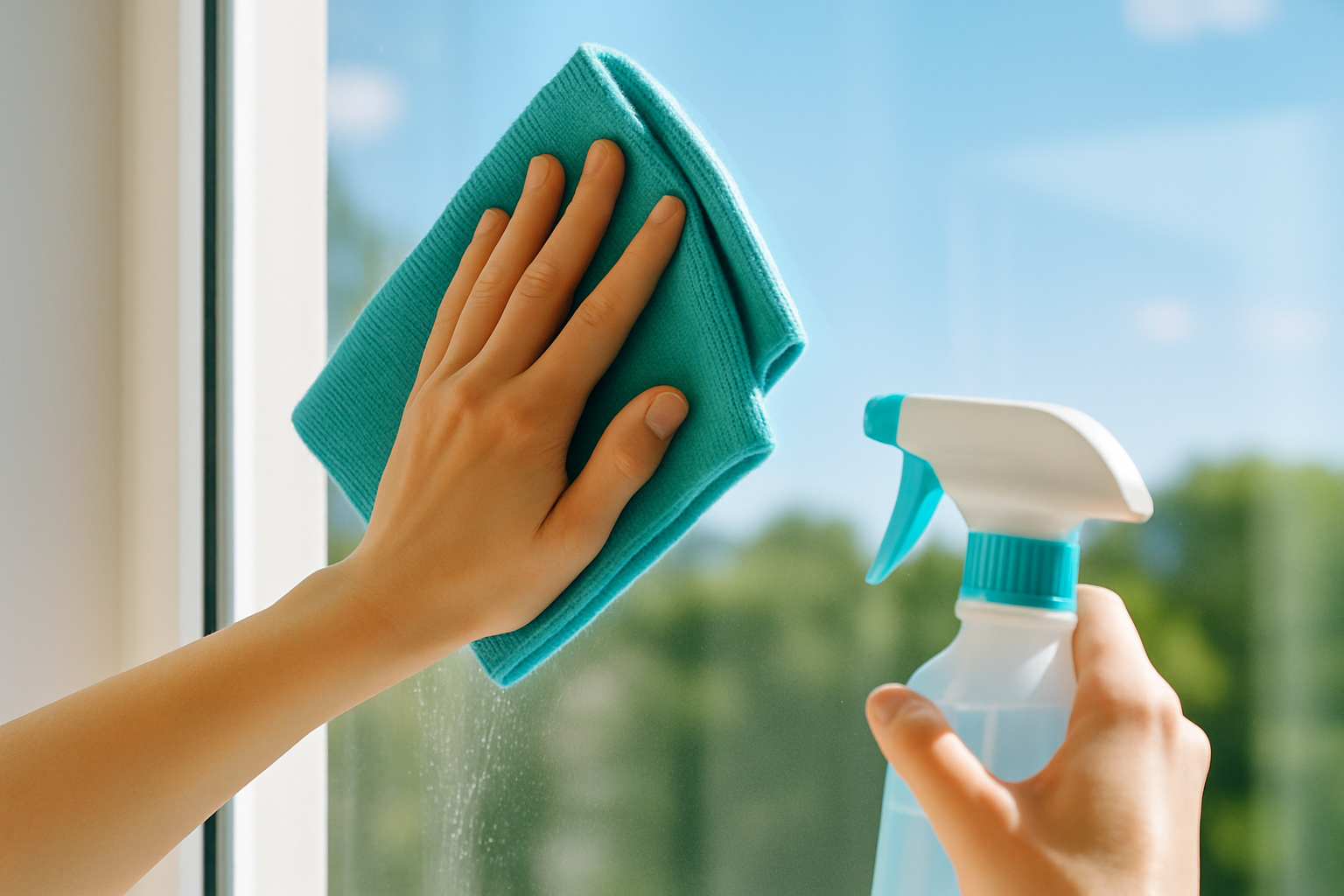
Discover how isopropyl alcohol can help you achieve spotless, streak-free glass surfaces with simple...
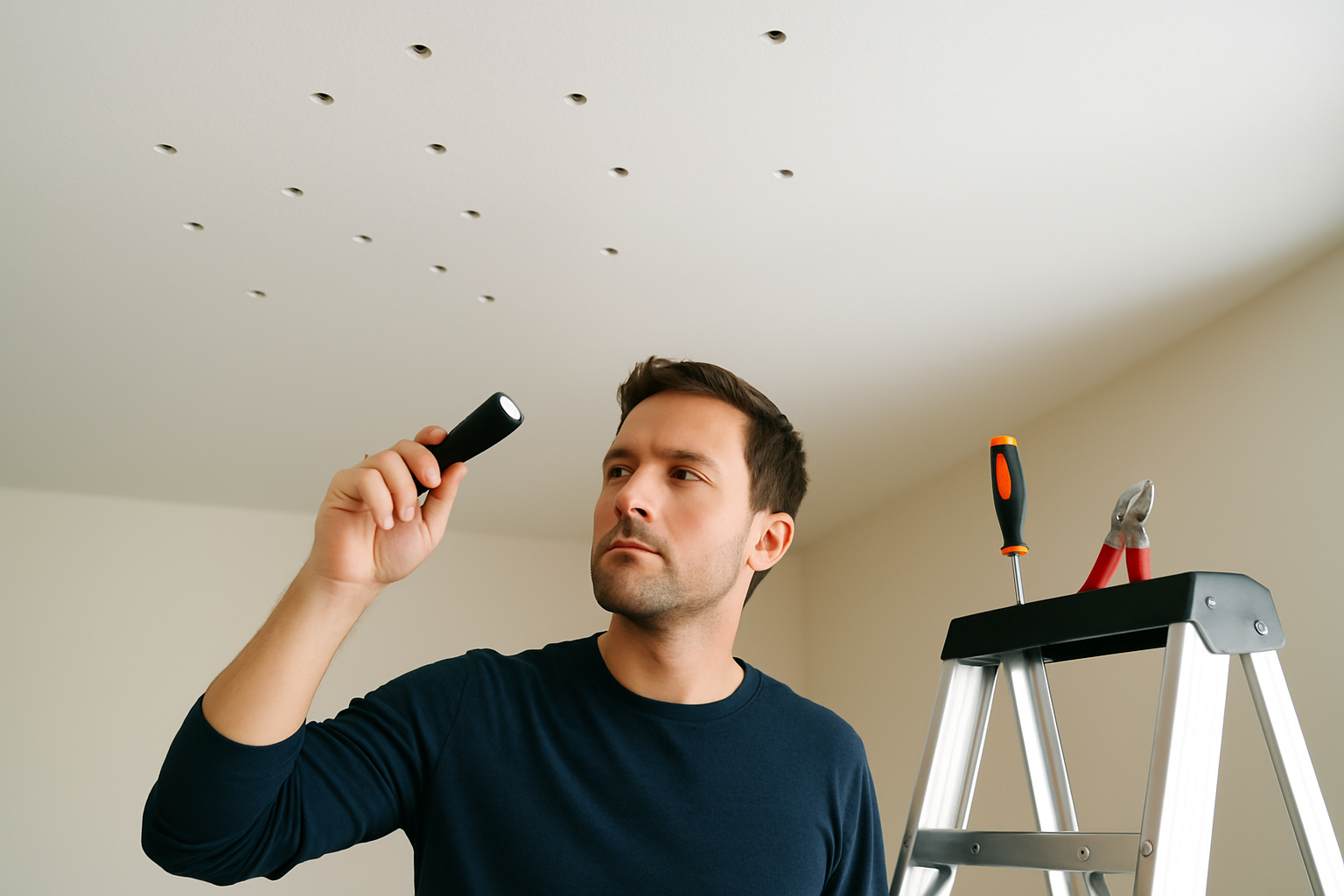
Small round holes in your ceiling can signal issues from pests to water damage. This guide helps you...
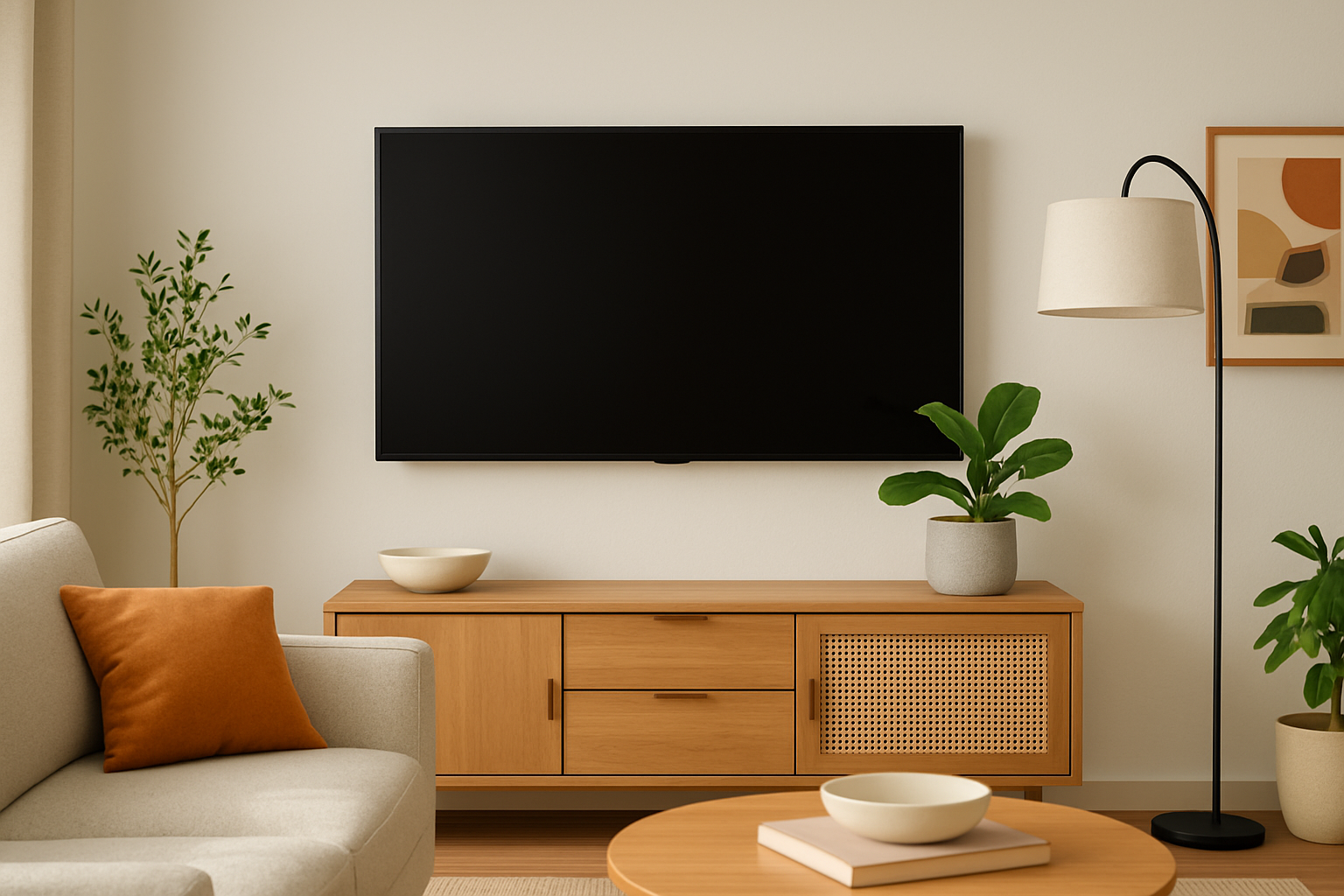
Discover simple, practical methods to hide cords on your wall-mounted TV, enhancing both safety and...

Discover how the size of your house and preparation steps affect how long to pressure wash a house....
10 posts written
9 posts written
9 posts written
